From Patheos:
A Moment of Celebration Worth Remembering
November 24, 2010
View Comments
By John Fea
Last week I was in Georgia leading a workshop on colonial American history for a group of forty elementary school social studies teachers from the Savannah Public School District. During the question and answer session one of the teachers, clearly with this week's lesson plan in mind, asked for advice on how to teach her students about Thanksgiving. History professors are critics by nature, so my initial reaction was to tell this teacher to make sure that she spent the class period debunking all the popular myths about Thanksgiving.
For example, I could have told her to teach her students that the story of "Plymouth Rock" was created over one hundred years after the Pilgrims landed on the shores of Provincetown (not Plymouth). I could have thrown cold water on Thanksgiving plays across Savannah by suggesting that the Pilgrims did not wear black clothes or big belt buckles. Or I could have significantly altered the casting of those plays by informing these teachers that the Native Americans of the Wampanoag tribe probably outnumbered the Pilgrims on this day of celebration.
Or maybe I could have debunked the myth that the 1621 harvest festival in Plymouth was the first Thanksgiving. After all, it was common for settlers in America prior to 1621 -- both Catholics in the southwest and Canada, and Protestants in Jamestown -- to pause from their daily activities to thank God for his many blessings. In the United States, Thanksgiving did not become a regular United States holiday until 1941. In that year Congress passed a bill, and Franklin D. Roosevelt signed it, that fixed its celebration on the fourth Thursday in November.
But I said none of these things. Instead, I suggested that these elementary school teachers focus on what we do know about Thanksgiving.
In September or October (not the fourth Thursday of November) of 1621, the local Wampanoag Indians were in bad shape. Disease -- perhaps a form of hepatitis -- killed around 90 percent of the population. When the Pilgrims arrived in November 1620, the local Wampanoags were under the political thumb of the neighboring Narragansetts, who were not affected by this disease. Massasoit, the leader of the Wampanoag (they were also known as the Patuxet), sought an alliance with the new arrivals from England. The alliance was less about charity and more about diplomacy. The Indians would offer the Pilgrims assistance and teach them how to grow corn, and the Pilgrims would prove to be a strong ally in their ongoing difficulties with the Narragansetts.
Of course the Pilgrims were also coming off a rough year. Of the 102 passengers that came to Plymouth on the Mayflower, only half of them were alive after the first winter. Thanks to the help of the friendly Wampanoag Indians, the colony survived. The harvest season of 1621 was a good time to pause and thank God for his many blessings.
The history of relations between the New England settlers and Native Americans was not always rosy. It is likely that the Pilgrims spent their first weeks in Plymouth rummaging through the graves, homes, and supplies of the recently deceased Wampanoags. By the 1630s the Pilgrims' Calvinist neighbors to the north, the Puritans of Massachusetts Bay, were waging a brutal war against the Pequot Indians. Today, Indian activist groups want us to remember these atrocities, as well we should.
When viewed as a whole, over the span of the entire colonial period, the atrocities that Native Americans suffered at the hands of New England settlers is a very sad chapter in American history. The so-called "first Thanksgiving" must be understood in this larger context.
But we should also not overlook those moments -- as brief as they might be -- when relations between European settlers and Native Americans were characterized by mutual friendship and the enjoyment of one another's company. The harvest festival of 1621 was one of those moments -- a small space of reconciliation and peace amid a colonial world often marred by sin and violence.
In the fall of 1621 Pilgrims and Wampanoag joined together for several days of feasting and recreation. They welcomed one another as strangers. They shared a moment of celebration and joy amidst the hardships of colonial life.
Perhaps this might a good a lesson for school children -- and for all of us -- to learn.
John Fea chairs the History Department at Messiah College in Grantham, PA. He blogs daily at www.philipvickersfithian.com. His "Confessing History" column appears at Patheos each Wednesday.
.
Wednesday, November 24, 2010
Subscribe to:
Post Comments (Atom)
.gif)



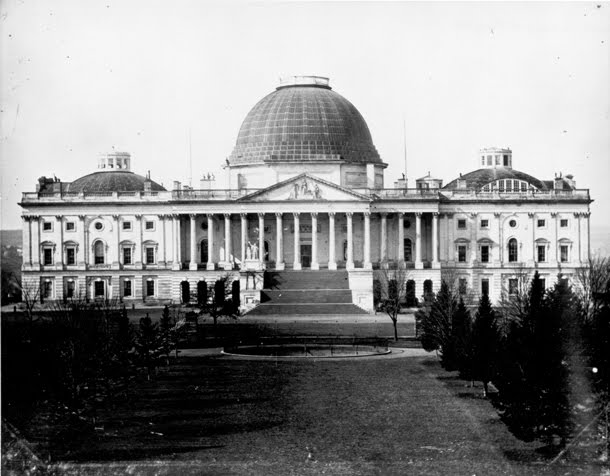









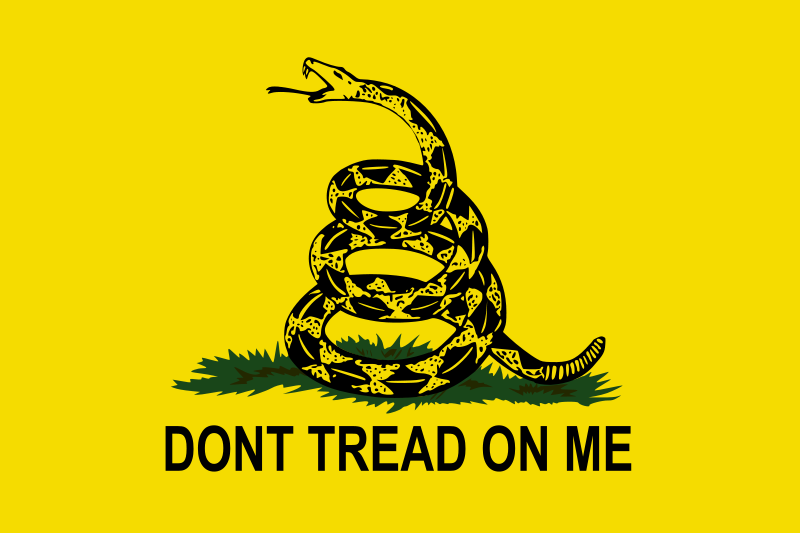
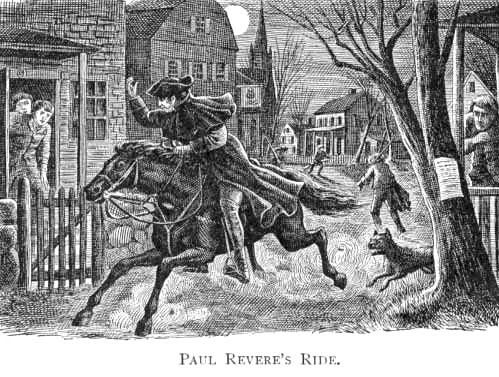

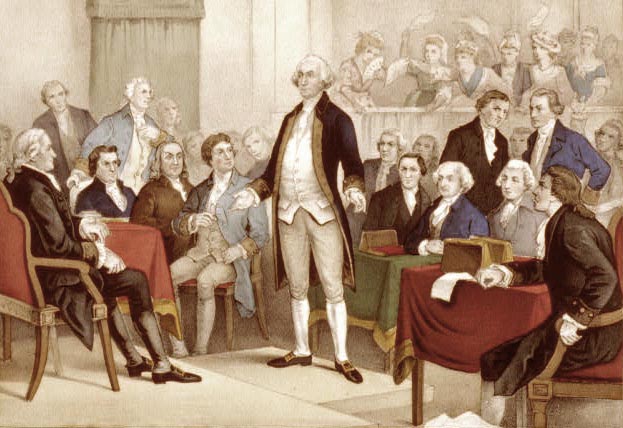

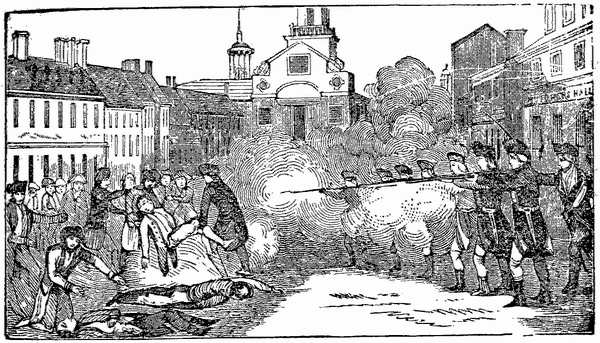
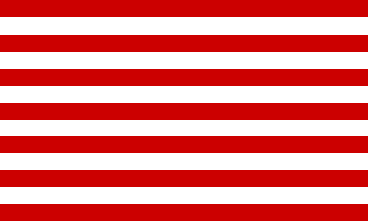
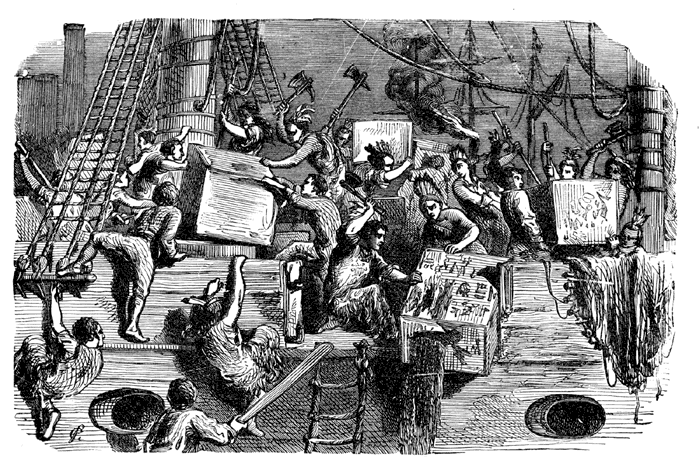




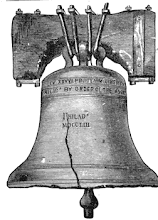




No comments:
Post a Comment